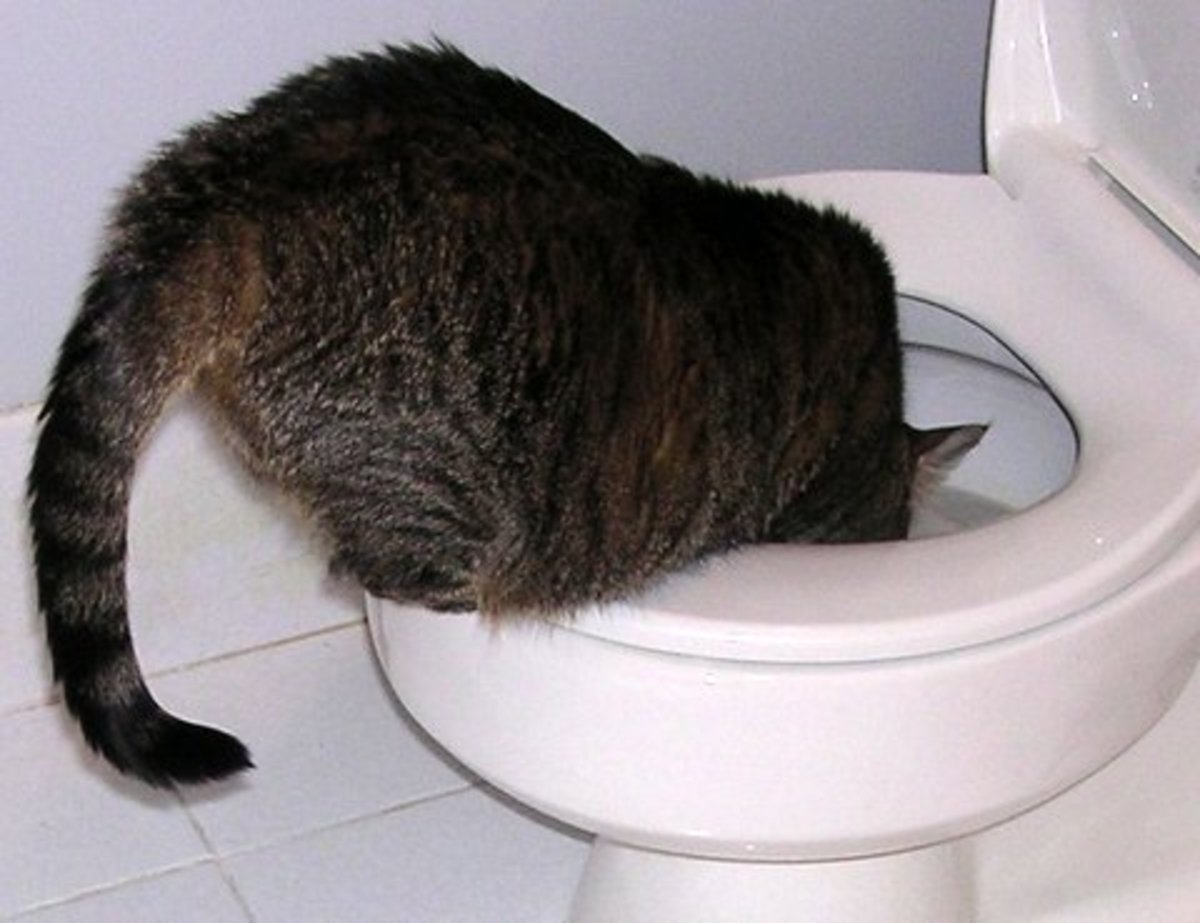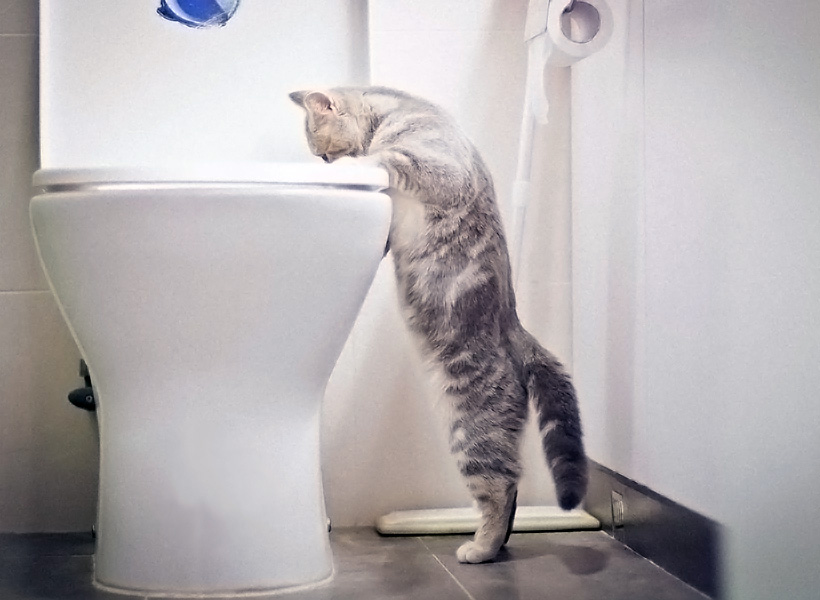Prevent Clogs and Damage: Don't Flush Cat Poop Down Your Toilet - Expert Insights
Prevent Clogs and Damage: Don't Flush Cat Poop Down Your Toilet - Expert Insights
Blog Article
The content which follows involving Don’t flush cat feces down the toilet is without a doubt insightful. You should read it.

Introduction
As feline owners, it's necessary to be mindful of how we throw away our feline close friends' waste. While it might appear practical to flush feline poop down the toilet, this practice can have detrimental effects for both the atmosphere and human wellness.
Alternatives to Flushing
Fortunately, there are safer and a lot more liable ways to take care of feline poop. Take into consideration the following options:
1. Scoop and Dispose in Trash
One of the most usual approach of dealing with cat poop is to scoop it into a biodegradable bag and throw it in the garbage. Make sure to make use of a specialized litter scoop and dispose of the waste immediately.
2. Usage Biodegradable Litter
Choose eco-friendly cat trash made from products such as corn or wheat. These clutters are environmentally friendly and can be securely gotten rid of in the garbage.
3. Hide in the Yard
If you have a yard, consider hiding pet cat waste in a marked location far from veggie yards and water resources. Be sure to dig deep enough to prevent contamination of groundwater.
4. Install a Pet Waste Disposal System
Invest in a pet waste disposal system especially made for pet cat waste. These systems utilize enzymes to break down the waste, reducing smell and ecological effect.
Health Risks
Along with ecological issues, purging cat waste can likewise posture health dangers to human beings. Feline feces may consist of Toxoplasma gondii, a bloodsucker that can cause toxoplasmosis-- a possibly extreme illness, particularly for expecting ladies and people with damaged immune systems.
Environmental Impact
Flushing cat poop introduces damaging virus and bloodsuckers right into the water, posturing a substantial threat to marine ecological communities. These contaminants can adversely influence aquatic life and compromise water quality.
Conclusion
Liable pet dog possession prolongs beyond giving food and sanctuary-- it also involves correct waste administration. By refraining from purging feline poop down the toilet and going with alternate disposal methods, we can lessen our environmental impact and safeguard human health and wellness.
Why Can’t I Flush Cat Poop?
It Spreads a Parasite
Cats are frequently infected with a parasite called toxoplasma gondii. The parasite causes an infection called toxoplasmosis. It is usually harmless to cats. The parasite only uses cat poop as a host for its eggs. Otherwise, the cat’s immune system usually keeps the infection at low enough levels to maintain its own health. But it does not stop the develop of eggs. These eggs are tiny and surprisingly tough. They may survive for a year before they begin to grow. But that’s the problem.
Our wastewater system is not designed to deal with toxoplasmosis eggs. Instead, most eggs will flush from your toilet into sewers and wastewater management plants. After the sewage is treated for many other harmful things in it, it is typically released into local rivers, lakes, or oceans. Here, the toxoplasmosis eggs can find new hosts, including starfish, crabs, otters, and many other wildlife. For many, this is a significant risk to their health. Toxoplasmosis can also end up infecting water sources that are important for agriculture, which means our deer, pigs, and sheep can get infected too.
Is There Risk to Humans?
There can be a risk to human life from flushing cat poop down the toilet. If you do so, the parasites from your cat’s poop can end up in shellfish, game animals, or livestock. If this meat is then served raw or undercooked, the people who eat it can get sick.
In fact, according to the CDC, 40 million people in the United States are infected with toxoplasma gondii. They get it from exposure to infected seafood, or from some kind of cat poop contamination, like drinking from a stream that is contaminated or touching anything that has come into contact with cat poop. That includes just cleaning a cat litter box.
Most people who get infected with these parasites will not develop any symptoms. However, for pregnant women or for those with compromised immune systems, the parasite can cause severe health problems.
How to Handle Cat Poop
The best way to handle cat poop is actually to clean the box more often. The eggs that the parasite sheds will not become active until one to five days after the cat poops. That means that if you clean daily, you’re much less likely to come into direct contact with infectious eggs.
That said, always dispose of cat poop in the garbage and not down the toilet. Wash your hands before and after you clean the litter box, and bring the bag of poop right outside to your garbage bins.
https://trenchlesssolutionsusa.com/why-cant-i-flush-cat-poop/

I found that blog entry on Can You Flush Cat Poo or Litter Down the Toilet? while doing research the web. Are you aware of someone else who is involved in the niche? Take a moment to promote it. Thanks for going through it.
Contact Report this page